Advance Your Cultural Competency in the Clinical Setting by Jose F. Vasquez
$219.99 $62.00
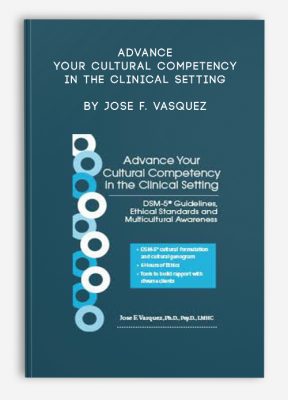
Advance Your Cultural Competency in the Clinical Setting by Jose F. Vasquez
**More information:
Get Advance Your Cultural Competency in the Clinical Setting at Salaedu.com
Description
- DSM-5® cultural formulation and cultural genogram
- 6 Hours of Ethics
- Tools to build rapport with diverse clients
The DSM-5® has changed the cultural criteria in both assessment and treatment of mental health. Integrating these new approaches is essential to ethical and competent practice. Watch this seminar with expert Dr. Jose Vasquez, and you will learn how to incorporate the new DSM-5® criteria and adapt evidence-based models in a culturally sensitive context. By identifying cultural influences and breaking down stereotypes and biases, you can build a stronger rapport with your diverse clients and achieve better therapeutic outcomes.
You will develop the skills to:
- Navigate through language barriers
- Overcome religious and cultural issues in mental health
- Adapt treatment for specific groups
- Identify cultural trauma and psychosomatic distress
- Promote resiliency in your clients
Using case examples, exercises, and plenty of humor, Dr. Vasquez will help deepen your cultural mindfulness in the clinical setting. You will leave feeling confident dealing with diverse clients and better equipped to overcome the challenging demands of cultural competence.
DSM- 5®: New Guidelines for the Integration of Cultural Competencies
- Cross-cultural variations in presentations
- Cultural concepts of distress
- Assessments and diagnostic protocols
- DSM-5® cultural formulation
- Cultural factors influencing clients’ perspectives of their symptoms and treatment options
- Cultural genogram with families
Culture and Ethnicity in the United States
- Populations: African American, Euro-American, Asian, American Indian/Alaskan Native/Native Hawaiian/Pacific Islanders; Hispanic/Latino
- Multi-ethnic families: diversity within diversity
- Complexity of identity within groups; subcategories of larger communities
- Multi-ethnic identity; gender and ethnic identity
- Trends in locale specific migration patterns, variation and mental health needs
Cultural Competencies in Mental Health
- Mindfulness-based approach to cultural competence
- Acknowledge cultural differences: terms of reference, racism, stereotypes
- Understand your own culture(s) and ethnic influences
- The Fabric of rapport
- Make cultural connections
- Acquire knowledge & skills
- View behavior within a cultural context
Ethics, Competence & Professional Practice Issues
- Ethical standards for culturally competent practice
- Strategies for responding to the spectrum of professional practice and boundaries
- Micro-aggressions in everyday life and the clinical setting
Language and Religious Considerations
- Work with limited English proficiency and bi/multilingual clients
- Make the most of translation services
- Intersection of religion and culture
- Religious experience, counseling and mental health
Interventions and Therapeutic Concerns Across Cultures
- Engaging identities; transference and counter transference issues
- Medications; use and belief systems
- Tips for working with traditional practitioners & natural healers
- Guidelines for working with specific groups
- Innovative group therapies
- Culture-based positive psychology & resilience strategies
- Historical trauma and grief assessment
- Integrate cultural interventions into substance abuse programs
- Modify evidence- based practices & identify best practices
- Case studies and examples
More information about Medical:
Medicine is the science and practice of establishing the diagnosis, prognosis, treatment, and prevention of disease.
Medicine encompasses a variety of health care practices evolved to maintain and restore health by the prevention and treatment of illness.
Contemporary medicine applies biomedical sciences, biomedical research, genetics, and medical technology to diagnose, treat, and prevent injury and disease,
typically through pharmaceuticals or surgery, but also through therapies as diverse as psychotherapy, external splints and traction, medical devices, biologics, and ionizing radiation, amongst others.
Medicine has been around for thousands of years, during most of which it was an art (an area of skill and knowledge) frequently having connections to the religious and
philosophical beliefs of local culture. For example, a medicine man would apply herbs and say prayers for healing, or an ancient philosopher and physician would apply bloodletting according to the theories of humorism.
In recent centuries, since the advent of modern science, most medicine has become a combination of art and science (both basic and applied, under the umbrella of medical science).
While stitching technique for sutures is an art learned through practice, the knowledge of what happens at the cellular and molecular level in the tissues being stitched arises through science.
1 review for Advance Your Cultural Competency in the Clinical Setting by Jose F. Vasquez
Add a review Cancel reply
Related products
HEALTH - FITNESS - LIFESTYLE - MEDICAL
Somatic Interventions for Treating Complex Trauma with Janina Fisher, Ph.D. from Janina Fisher
HEALTH - FITNESS - LIFESTYLE - MEDICAL
HEALTH - FITNESS - LIFESTYLE - MEDICAL
HEALTH - FITNESS - LIFESTYLE - MEDICAL
HEALTH - FITNESS - LIFESTYLE - MEDICAL
HEALTH - FITNESS - LIFESTYLE - MEDICAL
HEALTH - FITNESS - LIFESTYLE - MEDICAL
HEALTH - FITNESS - LIFESTYLE - MEDICAL
Fast Confidence [How To Be More Confident │Confidence Building] from Sharon Melnick, Ph.D.

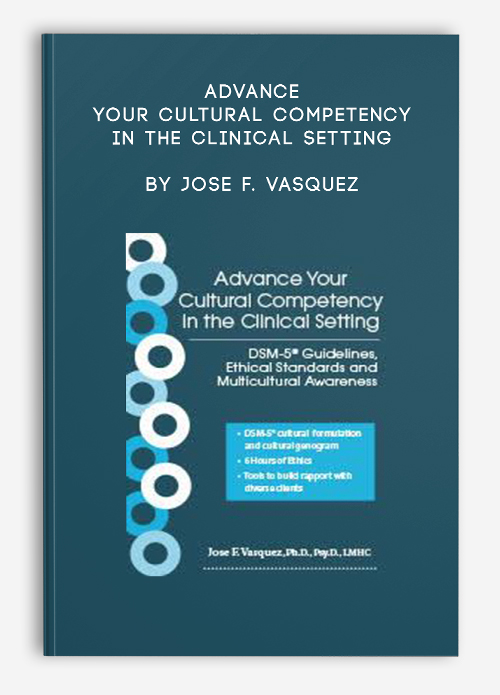
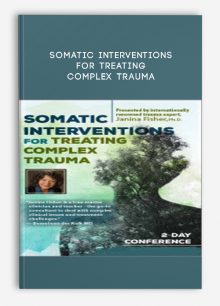


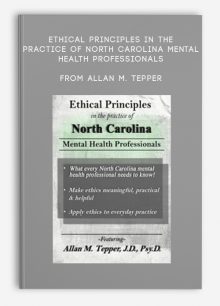
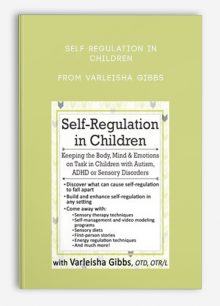
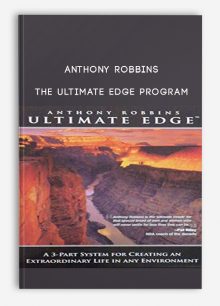

![Fast Confidence [How To Be More Confident │Confidence Building] from Sharon Melnick, Ph.D.](https://tradersoffer.forex/wp-content/uploads/2017/05/Sharon-Melnick-Ph.D.-Fast-Confidence-How-To-Be-More-Confident-│Confidence-Building-220x261.png)
Trevis Trevis –
We create this shop with the mission: Bring the courses to 500 millions of people in the world, to help them awake their power and change their